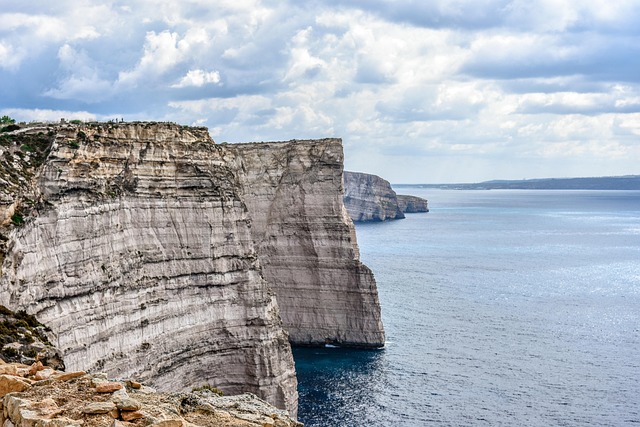Malta Travel Guide: Essential Intro and Destination Highlights
Malta is a captivating Mediterranean archipelago that offers travelers an extraordinary blend of ancient history, stunning coastlines, and vibrant culture. This small island nation, strategically positioned between Europe and Africa, has been shaped by centuries of diverse influences from the Phoenicians, Romans, Arabs, Knights of St. John, and British colonial rule. What makes Malta particularly appealing is its compact size – you can explore the entire country in just a few days while experiencing everything from prehistoric temples older than Stonehenge to crystal-clear waters perfect for diving and swimming.
Understanding the Basics
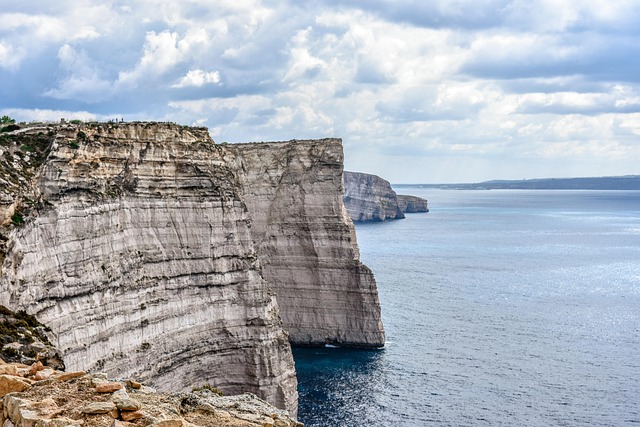
Malta consists of three main islands: Malta (the largest), Gozo (known for its rural charm), and Comino (famous for the Blue Lagoon). The country is incredibly accessible, with English and Maltese as official languages, making communication effortless for international visitors. The Mediterranean climate ensures warm, dry summers and mild winters, though the best time to visit is during spring (April-June) and autumn (September-November) when temperatures are pleasant and crowds are manageable.
The island’s rich historical tapestry is evident everywhere you look. Valletta, the capital city and a UNESCO World Heritage site, showcases baroque architecture and fortifications built by the Knights of St. John. The ancient temples of Ħaġar Qim and Mnajdra represent some of the world’s oldest free-standing stone structures, predating both Stonehenge and the Egyptian pyramids. This remarkable preservation of history, combined with modern amenities and infrastructure, creates a unique destination where past and present seamlessly coexist.
Malta’s strategic location has also influenced its cuisine, which reflects Mediterranean, North African, and Middle Eastern flavors. Traditional dishes like rabbit stew (fenkata), pastizzi (flaky pastries), and fresh seafood showcase the island’s culinary heritage while modern restaurants offer international cuisine to suit all tastes.
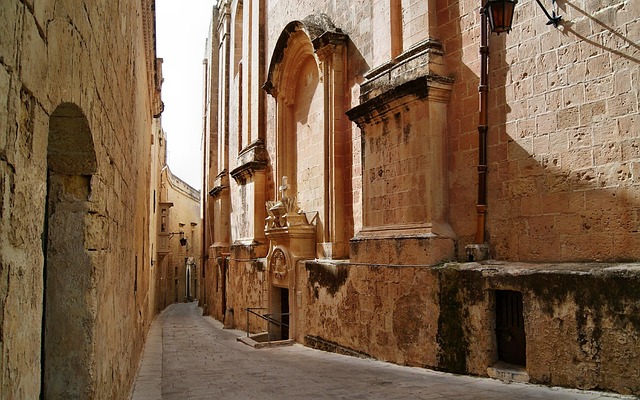
Key Methods
Step 1: Planning Your Arrival and Transportation
Getting to Malta is straightforward, with Malta International Airport serving as the main gateway, connected to major European cities and beyond. Most visitors don’t require a visa for short stays, and the country uses the Euro, making financial transactions simple for European travelers. Upon arrival, consider your transportation options carefully. While Malta is small, having reliable transport is crucial for maximizing your experience.
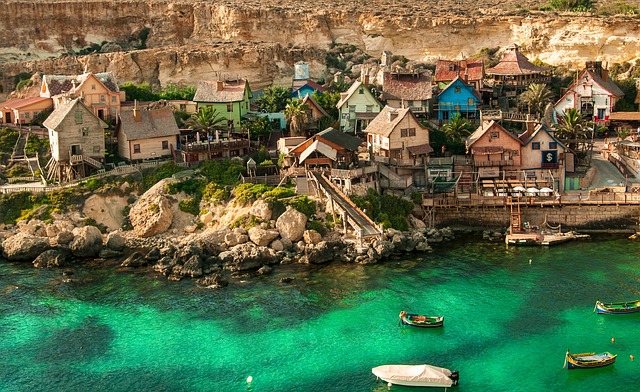
Car rental is popular and gives you complete freedom to explore at your own pace, though be prepared for narrow roads and somewhat aggressive local driving styles. The bus system is extensive and affordable, connecting all major attractions and towns, though it can be crowded during peak season. For shorter distances, especially within Valletta and other historic towns, walking is often the most practical option. Taxis and ride-sharing services are available but can be expensive for longer journeys.
Consider purchasing a Malta Discount Card if you plan to visit multiple attractions, as it offers significant savings on entry fees and includes public transport. Book accommodations well in advance, especially during summer months and festival periods, as Malta’s popularity has grown significantly in recent years.
Step 2: Exploring Historical and Cultural Sites
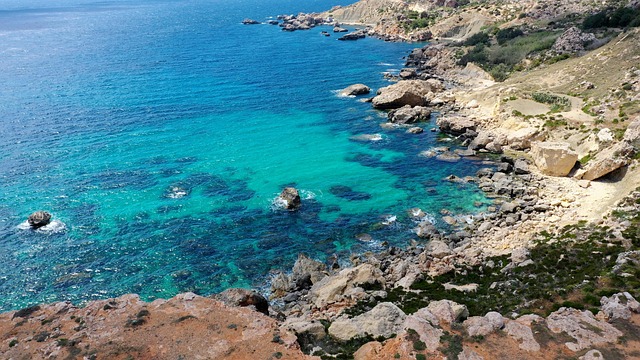
Malta’s historical significance cannot be overstated, and dedicating substantial time to its ancient sites is essential. Start with Valletta, where you can spend an entire day exploring St. John’s Co-Cathedral with its stunning Caravaggio paintings, the Grand Master’s Palace, and the Upper Barrakka Gardens offering panoramic harbor views. The fortifications themselves tell the story of Malta’s strategic military importance throughout history.
Move beyond the capital to discover the ancient temples scattered across the islands. Ħaġar Qim and Mnajdra, located on dramatic clifftops, offer insight into Malta’s prehistoric inhabitants and their sophisticated understanding of astronomy and architecture. The Hypogeum of Ħal-Saflieni, an underground prehistoric burial site, requires advance booking but provides an unforgettable experience of Malta’s ancient past.
Don’t miss Mdina, the former capital known as the “Silent City,” where medieval streets and noble palaces create an atmosphere unchanged for centuries. The nearby town of Rabat houses impressive Roman catacombs and the grotto where St. Paul allegedly lived after his shipwreck on Malta. Each location offers guided tours that provide deeper context and historical understanding, making your visit more meaningful and educational.
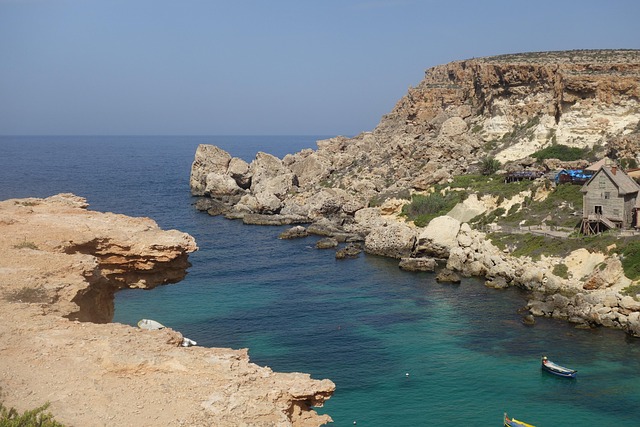
Step 3: Experiencing Natural Beauty and Outdoor Activities
Malta’s coastline is its crown jewel, offering diverse experiences from dramatic cliffs to secluded beaches and world-class diving sites. The Blue Lagoon on Comino island is perhaps the most photographed location, with its turquoise waters and white sand bottom creating an almost tropical paradise in the Mediterranean. However, this popularity means it’s extremely crowded during summer, so consider visiting early morning or late afternoon, or explore alternative swimming spots like Golden Bay or Mellieħa Bay on the main island.
For adventure seekers, Malta offers exceptional diving and snorkeling opportunities. The clear waters provide excellent visibility, and the islands are surrounded by underwater caves, reefs, and historic shipwrecks. Popular dive sites include the Blue Hole on Gozo, the Santa Maria Caves, and various WWII wrecks that add historical significance to underwater exploration.
Hiking enthusiasts will find numerous coastal walks and inland trails that showcase Malta’s natural beauty and provide stunning viewpoints. The Dingli Cliffs offer spectacular sunset views, while the coastal path from Golden Bay to Għajn Tuffieħa provides dramatic clifftop scenery. Rock climbing and kayaking are also growing in popularity, with several local operators offering guided experiences suitable for various skill levels.
Practical Tips
**Book accommodations strategically**: Choose your base location carefully depending on your priorities. Stay in Valletta for historical immersion and walkability, Sliema or St. Julian’s for nightlife and modern amenities, or Gozo for tranquility and rural charm. Booking directly with smaller hotels often yields better rates and personalized service than large booking platforms.
**Master the bus system**: Public buses are the most economical way to travel, but download the Malta Public Transport app to track real-time arrivals and plan routes. Buy a weekly transport card if staying longer than a few days, and always have exact change ready. Buses can be crowded during peak hours, so allow extra time for important appointments.
**Respect local customs and dress codes**: While Malta is generally relaxed, churches require modest dress – cover shoulders and knees when visiting religious sites. Many locals are deeply religious, so be respectful during religious processions and festivals. Tipping is appreciated but not mandatory – 10% in restaurants is standard for good service.
**Plan for seasonal variations**: Summer brings intense heat and crowds, making early morning and late afternoon the best times for sightseeing. Winter offers mild weather perfect for walking and cultural activities, though some beach clubs and seasonal attractions may be closed. Spring and autumn provide the perfect balance of good weather and manageable crowds.
**Take advantage of local festivals**: Malta hosts numerous festivals throughout the year, from village feast days with fireworks and processions to international arts festivals. These events provide authentic cultural experiences and opportunities to interact with locals, but they can also affect transportation and accommodation availability, so plan accordingly.
Important Considerations
Safety in Malta is generally excellent, with low crime rates and well-developed emergency services, but travelers should still exercise common sense precautions. The Mediterranean sun can be deceptively strong, especially when reflecting off limestone buildings and water, so high-SPF sunscreen, hats, and adequate hydration are essential. The rocky coastline, while beautiful, can be treacherous for swimming and climbing, so always assess conditions carefully and heed local warnings.
Currency exchange and banking are straightforward since Malta uses the Euro, but notify your bank of international travel to avoid card blocking. ATMs are widely available, though some may charge fees for foreign cards. Credit cards are accepted in most establishments, but smaller vendors and traditional restaurants may prefer cash.
Healthcare in Malta meets European standards, with both public and private options available. EU citizens should bring their European Health Insurance Card, while others should ensure comprehensive travel insurance coverage. Pharmacies are well-stocked and pharmacists can provide advice for minor ailments, though prescription medications should be brought from home with proper documentation.
Language barriers are minimal since English is widely spoken, but learning basic Maltese phrases like “grazzi” (thank you) and “bonġu” (good morning) is appreciated by locals and enhances cultural interaction.
Conclusion
Malta offers an remarkable travel experience that combines historical depth, natural beauty, and cultural richness in a compact, accessible package. Whether you’re drawn by ancient temples that predate the pyramids, crystal-clear waters perfect for diving, baroque architecture that rivals any European capital, or simply the warm hospitality of the Maltese people, this Mediterranean gem delivers experiences that will create lasting memories.
The key to a successful Malta adventure lies in balancing must-see attractions with spontaneous discoveries, respecting the island’s pace of life while maximizing your limited time, and remaining open to the unexpected encounters that make travel truly rewarding. From watching sunrise over Valletta’s Grand Harbour to sharing stories with local fishermen in Marsaxlokk’s colorful market, Malta invites you to become part of its ongoing story while creating your own unique chapter of Mediterranean adventure.
Start planning your Malta journey today – this enchanting archipelago awaits your discovery, promising experiences that will exceed your expectations and leave you planning your return visit before you’ve even departed.
